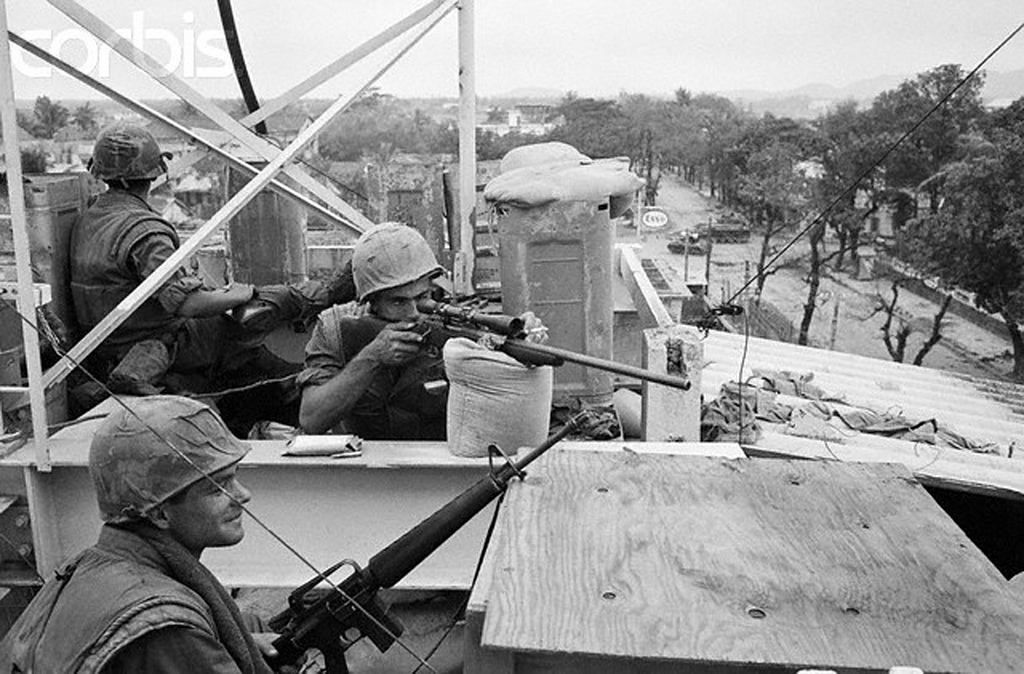Another post is response the comments to this blog post:
The Afghan Insurgents
The comment was “…the insurgents are one side of the coin and the other is the credibility of the government we are trying to create in Afghanistan…If the central government is seen as corrupt and self serving then this also inspires the insurgents and may in fact be the decisive factor….”
This immediately brought to mind David Galula’s construct, which was based upon four major points (see pages 210-211 of America’s Modern Wars):
- Insurgents need a cause
- A police and administrative weakness
- A non-hostile geographic environment
- Outside support in the middle to late states.
He specifically state that: “the first two are musts. The last is a help that may become a necessity.”
Now, the problem is that we never took the time to measure an “administrative weakness” or even define what it was. Nor did David Galula. Furthermore, there is also probably an “administrative weakness” or two on the guerilla side. If the culture of Iraq/Afghanistan/Vietnam make it difficult to create government structures and armed forces that are highly motivated, unified and not corrupted, well I suspect some of those same problems exist among the guerillas drawn from that same culture. Therefore, to measure this requires some way of defining what these “administrative weaknesses” are, but also quantifying them, and then determining how they affected both (or more) sides. Needless to say, this was not going to be done in the initial phase of our analysis. We were never funded to conduct follow-up analysis.
This is the problem with David Galula’s construct. There is no easy way to measure it or analyze it. Galula offers no definition of what an “administrative weakness” is. If he does not define it, then how do I define it for his “theory?”
One does note that Galula in his description of the Viet Cong in 1963 states that:
The insurgent has really no cause at all: he is exploiting the counterinsurgent’s weaknesses and mistakes….The insurgent’s program is simply: “Throw the rascals out.: If the “rascals” (whoever is in power in Saigon) amend their ways, the insurgents would lose his cause.
As I note on page 48 of my book:
This was a war that eventually resulted in over 2 million deaths and insurgent force in excess of 300,000. As it is, one could infer from Galula’s statement that he felt that the insurgency could be easily defeated since it was based upon “no real cause.” We believe that this view has been proven incorrect by historical events.
Clearly identifying insurgent cause and administrative weakness was also a challenge for David Galula.




